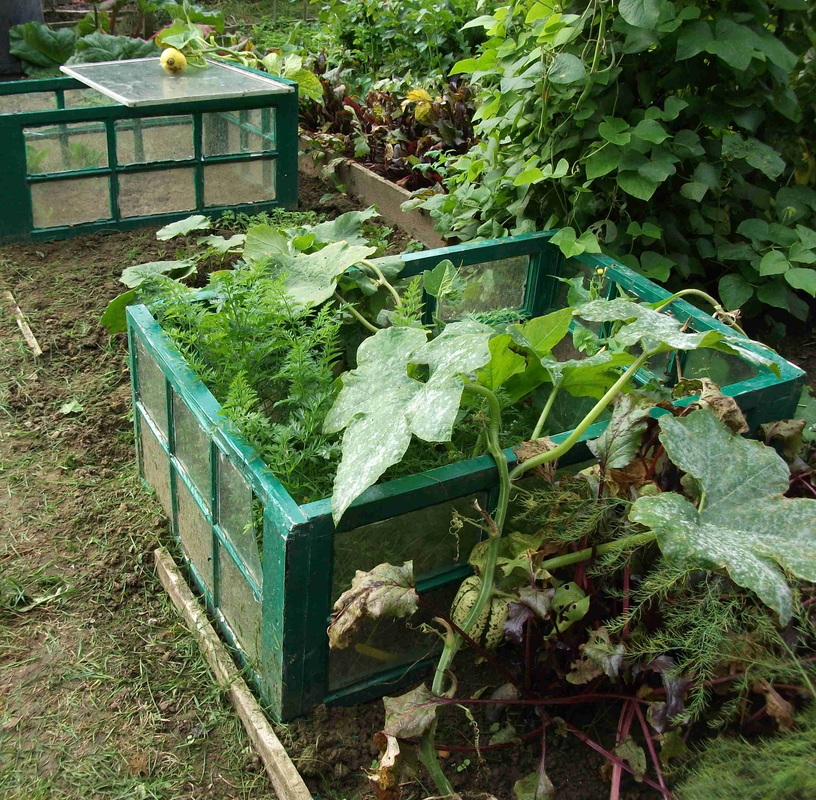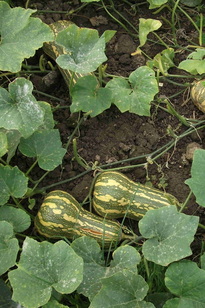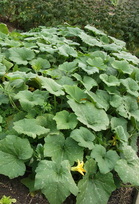Peas like cool moist conditions - the last couple of summers have been good for them. But the average Kentish ummer is hot and dry, not good for peas. One can usually reckon that after mid June they'll not be much good. That means your last row of peas would usually be going in this week.
The old-fashioned tall varieties cope better with hot summery conditions, so if you have to sow late choose a tall variety like Alderman or the newly-fashionable Purple Podded Pea



 RSS Feed
RSS Feed
